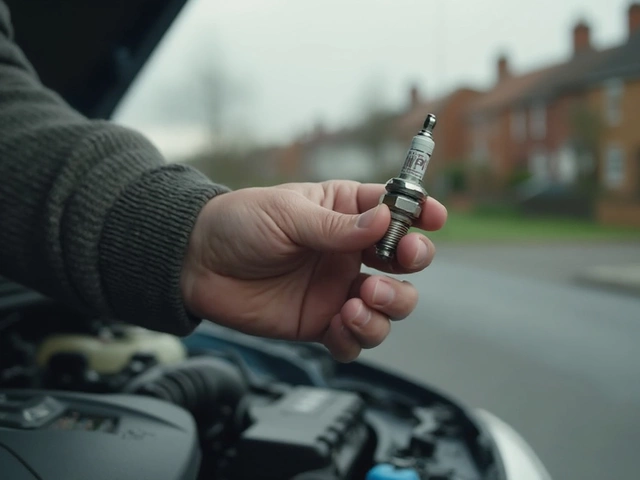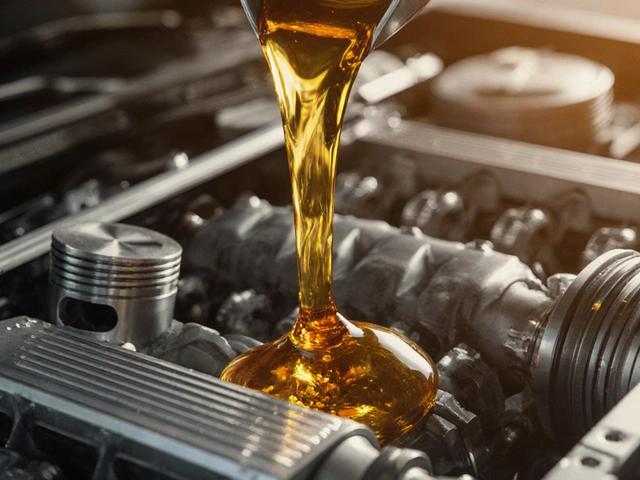Radiator Problems – Common Signs and Simple Fixes
If your car starts to run hotter than normal, chances are the radiator is at fault. A struggling radiator can turn a short drive into a pricey repair, so catching the trouble early saves time and money. Below you’ll find the tell‑tale signs, why they happen, and easy steps to keep the cooling system happy.
What Causes Radiator Issues?
Most radiator problems stem from three things: leaks, blocked flow, and worn‑out parts. A small crack or a loose hose lets coolant escape, and you’ll notice a low fluid level or a puddle under the car. Dirt, rust, or old coolant can clog the tiny passages inside the radiator, reducing its ability to dump heat. Over time the metal itself can corrode, especially if the coolant isn’t changed regularly.
Another frequent culprit is the thermostat. If it sticks closed, hot coolant can’t circulate and the engine overheats fast. Conversely, a thermostat that stays open will keep the engine running cooler than designed, hurting fuel efficiency. Finally, a failing water pump can’t push coolant through the system, leading to the same overheating signs.
How to Keep Your Radiator Healthy
Regular maintenance is the cheapest way to avoid a breakdown. First, check the coolant level every few weeks – the reservoir should be between the "min" and "max" marks. Top it up with the correct mix (usually 50/50 water and coolant) if it’s low.
Next, inspect hoses and clamps for cracks, bulges, or loose connections. A quick visual check can spot a leak before it drains the system. Keep the radiator cap clean; a dirty or bent cap may not seal properly, causing pressure loss.
Every 2‑3 years, flush the cooling system and replace the coolant. This removes rust and sediment that block flow. If you notice the coolant turning rusty or cloudy, flush sooner – it’s a sign the system is getting dirty.
Watch the temperature gauge. A steady rise above normal, especially after a stop‑and‑go commute, means the radiator isn’t shedding heat fast enough. When this happens, pull over safely, let the engine cool, and check for steam or coolant leaks.
If you hear a hissing sound, that’s likely pressurized coolant escaping through a small crack. In that case, it’s best to call a professional; driving with a compromised radiator can lead to engine damage.
Finally, remember that a radiator’s lifespan varies with driving conditions. On average, a good radiator lasts 100‑150k miles, but neglecting coolant changes can cut that in half. By staying on top of checks, you’ll get the most out of your cooling system and keep the engine running smooth.
Got a radiator that’s acting up? Bring it to Northwich Tyres Centre. We can test for leaks, flush the system, and replace worn parts fast, so you’re back on the road without worry.
 24 March 2025
24 March 2025
Main Causes of Radiator Failure: What You Need to Know
Radiator failure can leave you stranded at the worst of times if you don't know what to look for. Understanding the common reasons behind radiator failure—such as leaks, clogs, and rust—can help keep your vehicle running smoothly. Regular maintenance and timely repairs can prevent costly damage and extend the life of your car's cooling system. Learn about some practical tips for detecting early signs of trouble, ensuring you're never caught off guard on the road.
Latest Posts
-

How Do I Know If I Need a New Clutch Kit? Signs, Tips, and What to Do Next
-

Should I Drive with a Bad Fuel Pump? Risks, Signs, and What to Do Now
-

How to Tell If Spark Plugs Need to Be Changed: Quick Signs and Simple Fixes
-

How Long Does Engine Oil Last in Your Car?
-

Best Repair for a Cracked Radiator: What Actually Works?

0